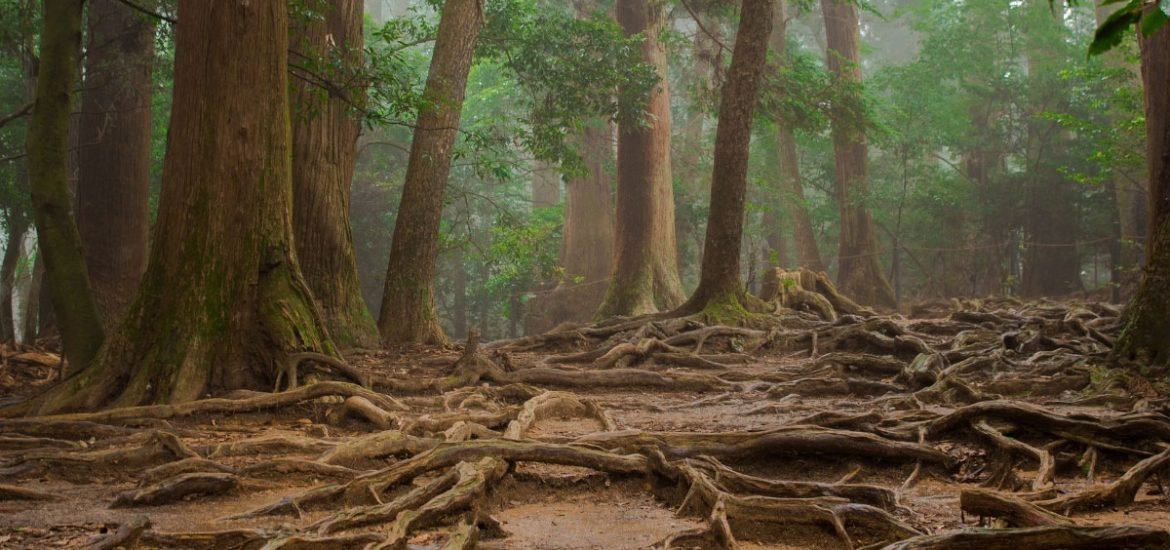
Underneath forests lies the wood wide web, a complex network of fungi, and bacteria connected to the roots of plants and trees. This subterranean social network is much older than Facebook or Instagram – around 5 million years old. Furthermore, the so-called mycorrhizal networks are crucial to mitigating climate change but are also highly susceptible to its effects. For the first time, scientists have mapped this incredible network on a global scale. The results were published on 15 May in Nature (1).
Microbes create a vast interconnected network throughout forests that are essential to trees, facilitating the exchange of nutrients between the soil and roots. Certain types of microorganisms are found in particular regions of the world. The scientists hope that by mapping and understanding the network of subterranean microbes, we can observe how climate change affects these microbes and potentially restore essential ecosystems.
In 2015, scientist mapped the global distribution of trees using data from and discovered that there are approximately three trillion trees on the planet. Now they’ve done the same for bacteria and fungi.
The researchers from ETH Zurich in Switzerland and Stanford University in the US used machine learning to analyse the Global Forest Initiative database, which contains data on over 1.2 million forest tree plots of 28,000 species from more than 70 countries. The algorithm was then used to fill in missing data based on correlations between different types of microbes and local environmental factors. The main types of microbes they found were the arbuscular fungi (AM) that penetrate host roots, ectomycorrhizal fungi (EM) which only surround the roots, and nitrogen-fixing bacteria.
Each tree species was associated with certain kinds of microbes. For instance, pine tree roots are surrounded by EM fungi and use their vast underground network to search for nutrients. Whereas trees of the legume family require bacteria capable of nitrogen “fixing” – turning nitrogen from the atmosphere into plant food.
According to the authors, the wood wide web is highly dependent on the local environment – temperature, precipitation, soil chemistry, and topography. In cooler climates and boreal forest, EM fungi are more prevalent – around four out of five trees were associated with the fungus. Whereas in the tropics, arbuscular mycorrhizae (AM) are common and the webs they form are much smaller. And nitrogen-fixing bacteria dominate hot, arid regions like the Southwestern US.
At present, around 60 per cent of trees are connected to EM fungi, but as temperatures rise, these fungi – and their associated tree species – will decline and be replaced by AM fungi. “The types of fungi that support huge carbon stores in the soil are being lost and are being replaced by the ones that spew out carbon into the atmosphere,” says Prof Thomas Crowther, an ecologist from ETH Zurich involved in the study.
The authors believe this new information could prove extremely useful. For example, the data will help researchers create better models to predict how much carbon forests will store as well as the impact of warming temperatures on carbon sequestration and storage.
Crowther predicts that as temperatures continue to rise, EM-associated trees could be replaced by AM associated trees. However, the impact this would have on the carbon cycle remains uncertain. Moreover, other factors could also have important influences on the subterranean world.
(1) Steidinger, B.S. et al. Climatic controls of decomposition drive the global biogeography of forest-tree symbioses. Nature (2019). DOI: 10.1038/s41586-019-1128-0